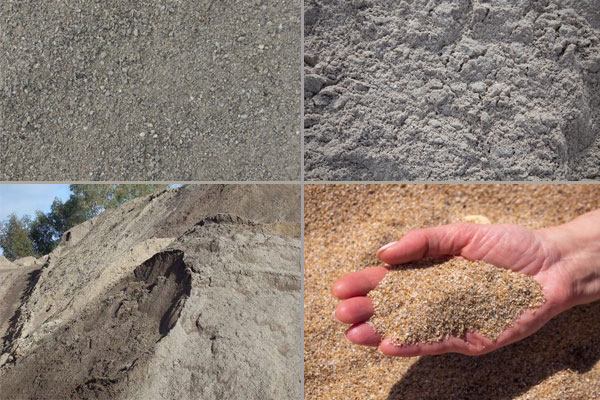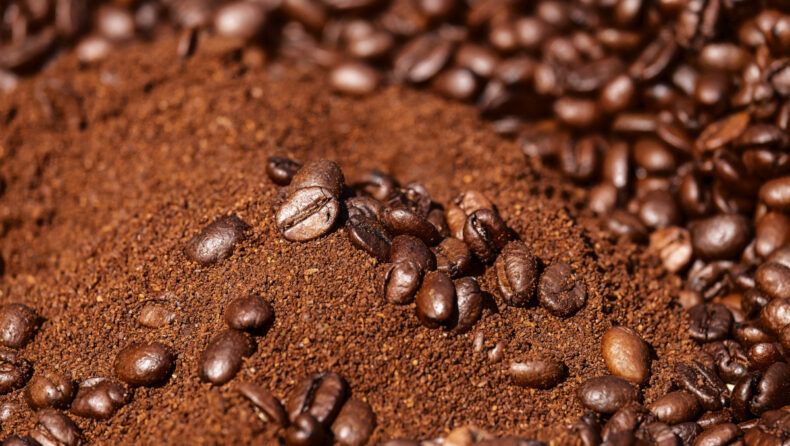Coffee, a pit of berry, is a fruit that is amply studied by Scientists around the world as it aids our health in numerous positive ways. A cup of Black Coffee in the morning is known to amplify our energy levels and helps in weight management, and can safeguard us from risks of various diseases. But do you know? The dregs/grounds of the Coffee are costing us the health of our environment.
Around 6 million tons of Coffee dregs are exhausted into landfills annually, which expands the risk of emission of Greenhouse gasses such as Methane and Carbon dioxide. Stats suggest that over 2.25 billion disposable coffee cups are tossed away into trash-can. We need time to imagine the burden our environment is dealing with to entertain our caffeine addiction.

Geniuses behind the Coffee and Concrete Collaboration
Engineers at RMIT University have for the first time ever found an effective technique to make use of Coffee dregs in a way that can strengthen the Concrete base with an effective percentage of 30%.
The study was conducted under the supervision and guidance of Corresponding author Dr. Rajeev Roychand, a Postdoctoral Research Fellow from RMIT University with Joint First Author Dr. Shannon Kilmartin-Lynch, a Vice-Chancellor’s Indigenous Postdoctoral Research Fellow at RMIT and Fellow RMIT Research Team leaders – Dr. Mohammad Saberian, Professor Jie Li, Professor Kevin Zhang and Professor Chung Quing Li.

Image Description: RMIT researchers Professor Kevin Zhang, Professor Jie Li, Dr Rajeev Roychand, Dr Shannon Kilmartin-Lynch and Dr Mohammad Saberian in the RMIT Microscopy and Microanalysis Facility, (pictured left to right).
How did Coffee Dregs become a useful waste for Construction Companies?
Dr. Rajeev Roychand specified that they wanted to explore possibilities of recycling and conservation around Coffee Dregs going into landfills. So the author and the team developed a method whereby by converting the waste coffee dregs into biochar; a weightless remnant similar to charcoal. They were able to establish coffee dregs as a strong substitute of sand, which is generally used in making concrete robust.
Biochar is created by roasting used coffee grounds in the exact same way we roast unused coffee beans to elevate flavor, explained Author Dr. Rajeev Roychand. The only difference is that they perform this procedure in the absence of oxygen to prevent carbon dioxide emission. Therefore they practice a process called Pyrolysis, which demands heating up the waste coffee dregs to about 350C. The Researchers found this technique viable as it required lower than usual temperatures.

(Image Description: A Cleaning truck carrying Coffee Dregs to Landfill)
Are Coffee Dregs bidding adieu to Landfills?
In a paper published by Guardian, the Postdoctoral Research Fellow, Kilmartin-Lynch stated- “Typically pyrolysis has a high energy [input] because you need to raise temperatures to somewhere between 700 to 900C”. But it worked at a lower temperature which only furthered their excitement and potential of this technique.
Interestingly when the scholars replaced 15% of the sand, which is used in concrete, with coffee-biochar. They were surprised to find that the biochar mixture enhanced the concrete strength up to 29.3%.
Joint-Lead Author Kilmartin Lynch further stated that the innovation is still in its initial phase and further research and tests need to be done regarding its lifeline and durability.

Image Description: Types of Sand used in Construction
What plans does the Construction Industry have for the new Coffee-Concrete Collaboration?
The Study published in Journal of Cleaner Production has ignited interest in many researchers around the world regarding the experiment, as it can save not only the exploitation of sand during sand mining but can also help the Infrastructure Industry to make informed and sustainable choices for the environment.
In a report published by RMIT, Dr. Roychand stated that- “The inspiration for our work was to find an innovative way of using the large amount of coffee waste in construction projects rather than going to landfills – to give coffee a ‘double shot’ at life”.
The Author was pleased to inform that several councils are interested in their study and experiment and that they have plans for a future collaboration regarding their infrastructure projects.
Disposal of Organic waste has always been a critical concern for construction companies. So many entrepreneurs and environment activists are looking forward to the progress of this revolutionary technique.
Joint First Author Shannon Kilmartin-Lynch was excited about the potential Construction Industry has in making contributions towards recycling of organic waste, recycling of coffee dregs and saving natural resources.
Rescuing Natural Resources- Sand
RMIT fellow Professor Jie Li raised his concerns about IMPLICATIONS of sand mining on our environment. He further established his opinion by stating – “There are critical and long-lasting challenges in maintaining a sustainable supply of sand due to the finite nature of resources and the environmental impacts of sand mining … .With a circular-economy approach we could keep organic waste out of landfill and also better preserve our natural resources like sand ”.
We need to address the concerns raised by the respective researchers as there is only a limited amount of natural resources on earth, to be exploited carelessly by us.













